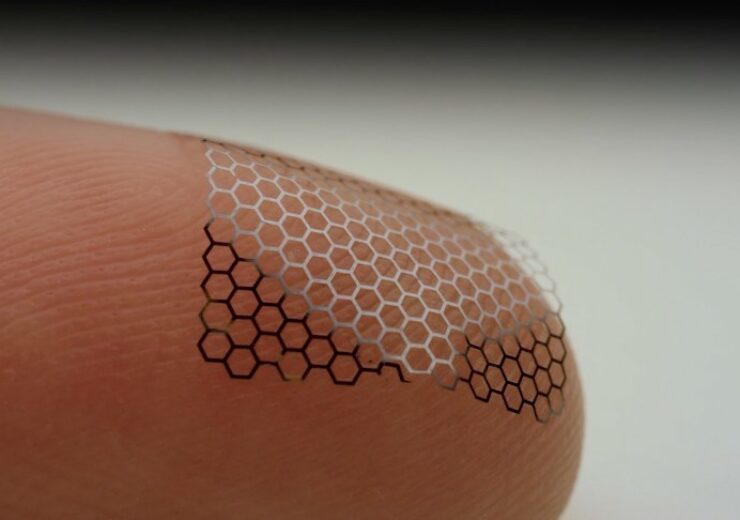Neuralace is designed to be thinner than an eyelash, which conforms to the fissures and sulci of the brain to increase the surface area for enhanced data capturing, and it comes with a porous form factor for natural integration with neural tissue

Blackrock Neurotech’s next-gen BCI Neuralace. (Credit: PRNewswire/Blackrock Neurotech)
Blackrock Neurotech, a US-based developer of advanced platform tools for neuroscience, has unveiled its next-generation neural interface, Neuralace, for brain-computer interface (BCI) technology.
Neuralace, which was unveiled at Society for Neuroscience 2022, is designed to be thinner than an eyelash and has been engineered with a variety of materials and patterns to interface with more areas of the brain’s surface.
The thin structure enables it to conform to the fissures and sulci of the brain, to enhance the surface area available for gathering the data.
The adaptable structure of Neuralace is said to improve biocompatibility, where the body’s immune response is a big challenge for all neural implants.
Its porous form factor allows natural integration with neural tissue, supporting the flow of cellular fluids and diffusion of biomolecules that could otherwise trigger an immune response.
The ultra-high channel count and the flexible electrode will provide scope for the advanced technology used in its future BCIs, said the company.
Blackrock co-founder and CEO Marcus Gerhardt said: “Neuralace demonstrates our belief in where the science must go in order to unlock the true potential of BCI.
“This concept technology is the start of Blackrock’s journey toward whole-brain data capture that will transform the way neurological disorders are treated.”
Blackrock’s NeuroPort Array device is considered the gold standard of high-channel neural interfacing, and it has been used in human BCIs since 2004.
In clinical trials, the company’s BCI has helped patients regain tactile function, movement of their own limbs and prosthetics, and the ability to control digital devices.
According to the company, next-generation BCIs, for vision and memory restoration, performance prediction, and mental health, may require interfacing with more neurons.
Blackrock said that its Neuralace is designed to address the issue with more than 10,000 channels.
Also, the entire system is integrated into an extremely flexible lace-structured chip, which enables it to capture data multiple times greater than existing electrodes.
Blackrock is preparing to commercially launch MoveAgain, its NeuroPort Array-based BCI as a medical device, and make Neuralace available for neuroscience research by 2024.
Furthermore, the company is planning to explore visual prosthesis applications in humans, with an aim to complete the first human use of Neuralace visual prosthesis by 2028.
Blackrock co-founder and president Florian Solzbacher said: “Decreasing the invasiveness of neurotechnological approaches without sacrificing device performance is one of the core challenges of neural engineering.
“The holy grail is a device that minimises invasiveness and also enables the most powerful BCIs. With Neuralace, we are leapfrogging toward the dream of ‘neural dust’ by interfacing directly with ever larger portions of the brain while minimising tissue irritation.
“This is the groundbreaking next step that will enable a paradigm shift in the design and architecture of high-performance implantable BCIs.”
